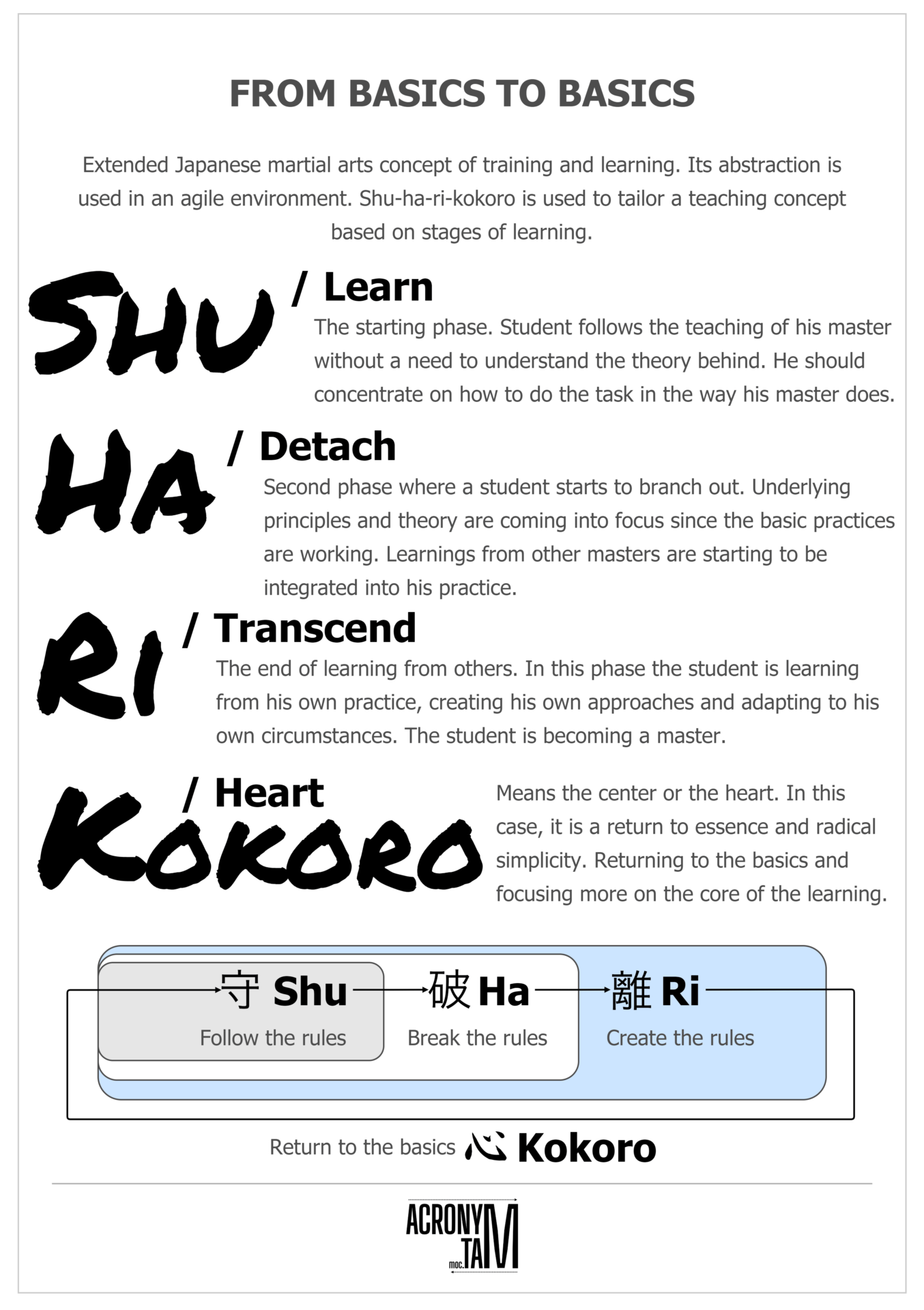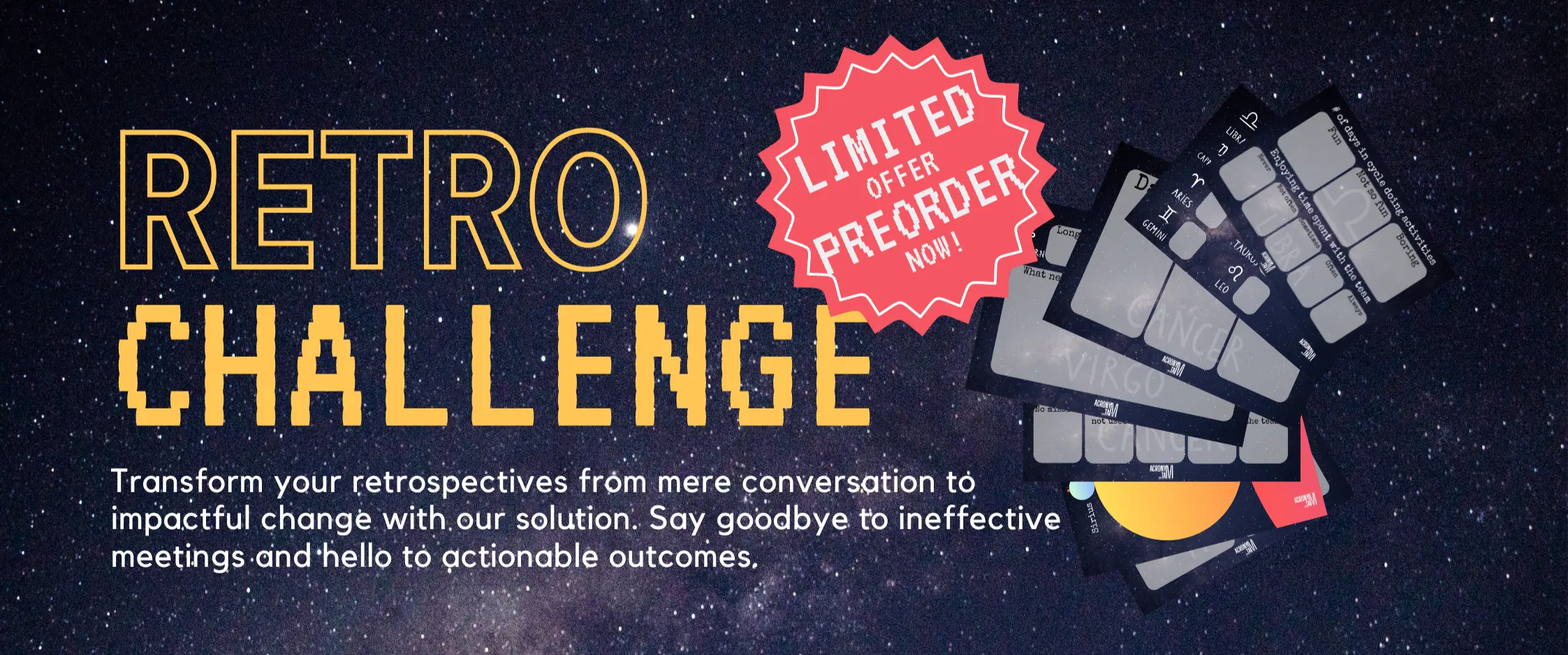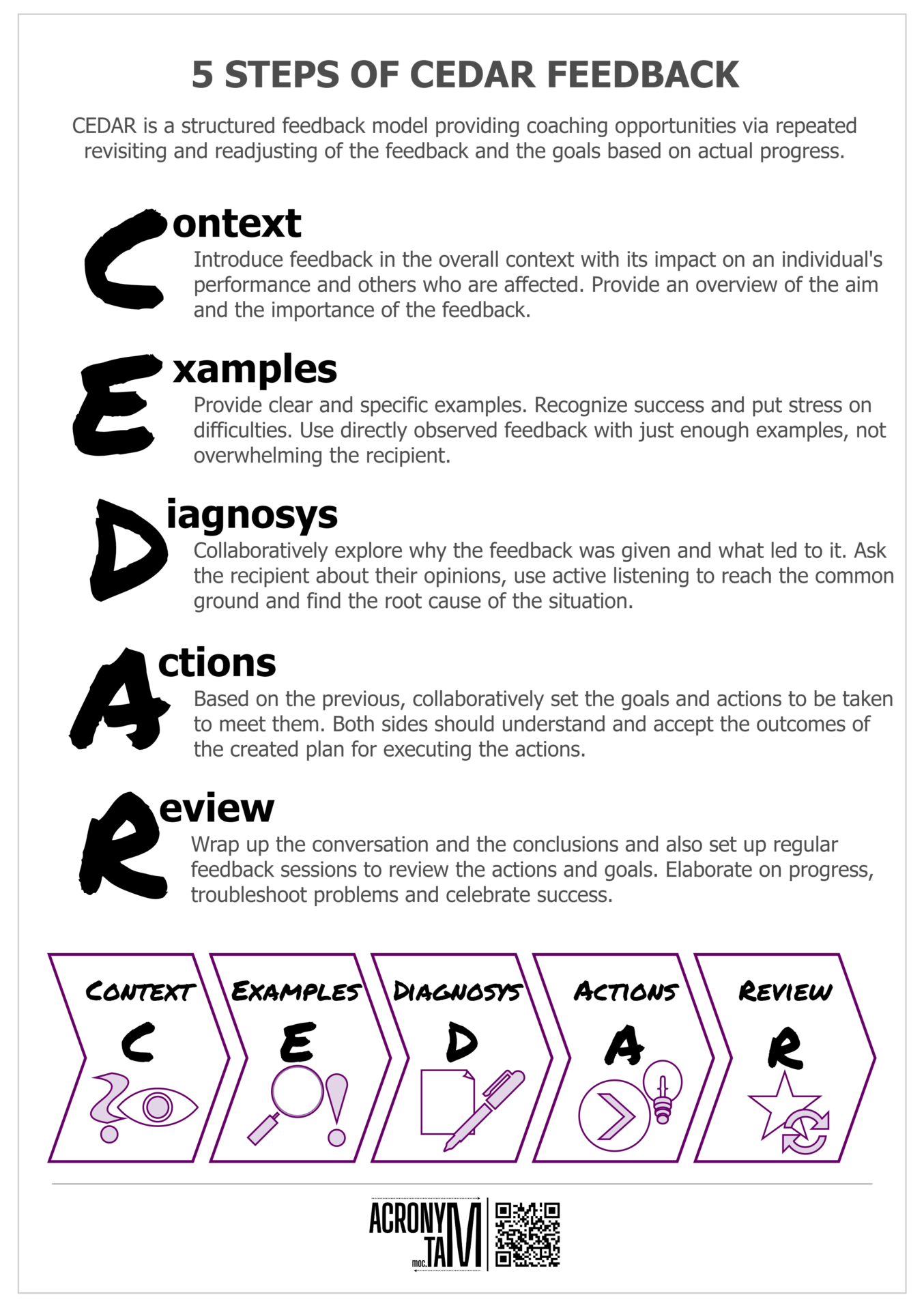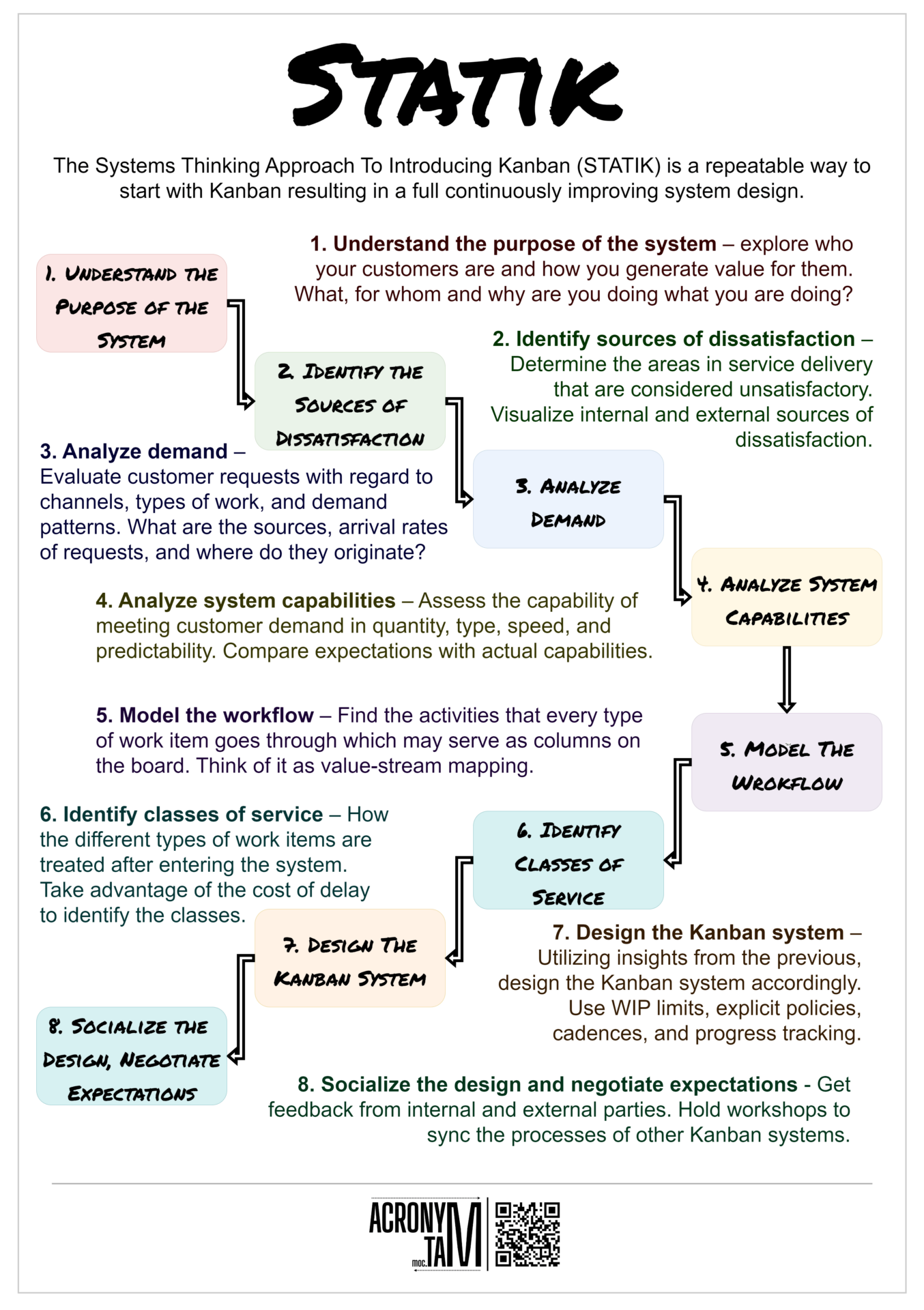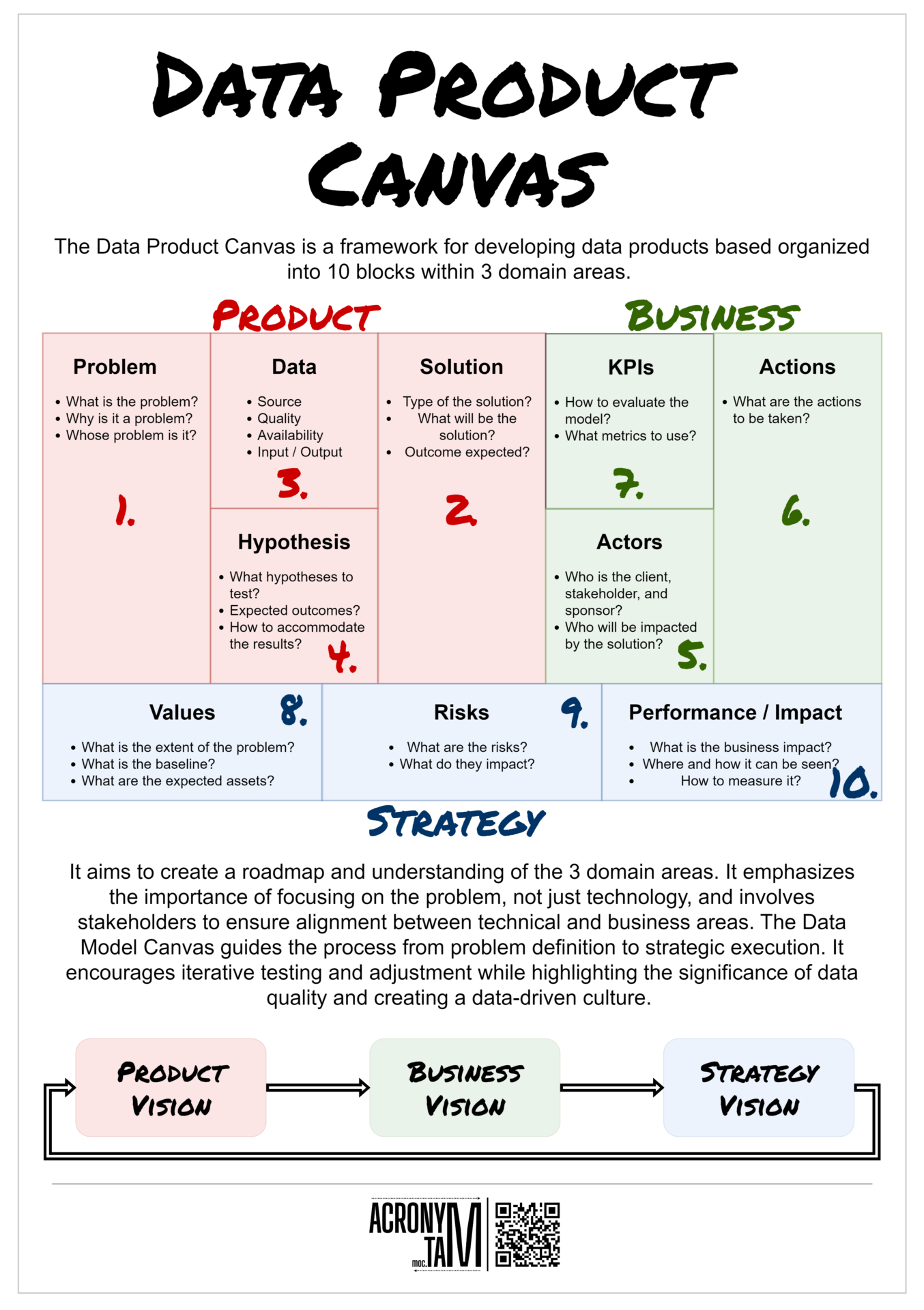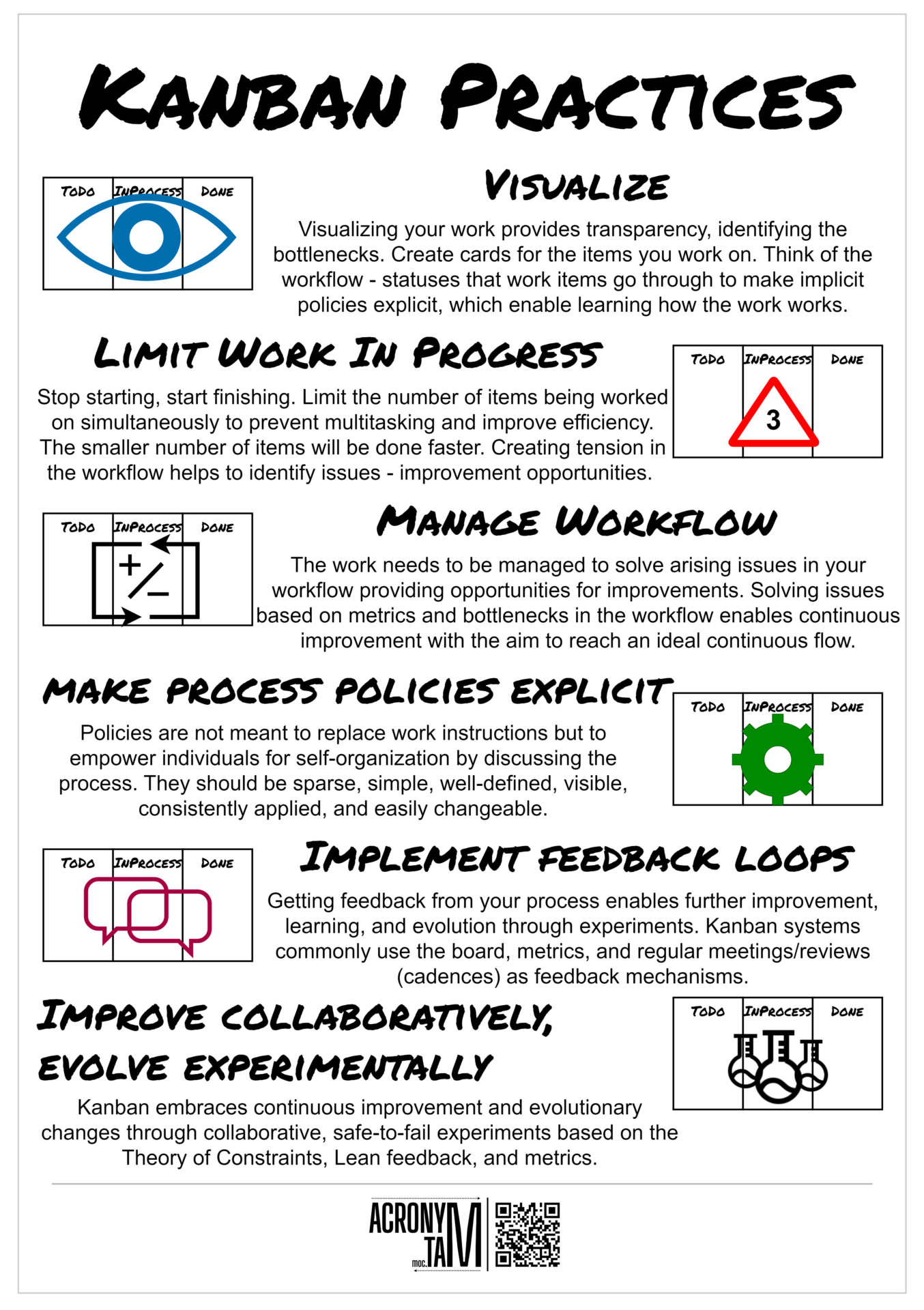Article
Shu ha ri kokoro
Extended Japanese martial arts concept of training and learning. Its abstraction is used in an agile environment. Shu-ha-ri-kokoro is used to tailor a teaching concept based on stages of learning.
Shu (Learn)
The starting phase. Student follows the teaching of his master without a need to understand the theory behind. He should concentrate on how to do the task in the way his master does.
Ha (Detach)
Second phase where a student starts to branch out. Underlying principles and theory are coming into focus since the basic practices are working. Learnings from other masters are starting to be integrated into his practice.
Ri (Transcend)
The end of learning from others. In this phase the student is learning from his own practice, creating his own approaches and adapting to his own circumstances. The student is becoming a master.
Kokoro (Heart)
Means the center or the heart. In this case, it is a return to essence and radical simplicity. Returning to the basics and focusing more on the core of the learning.


